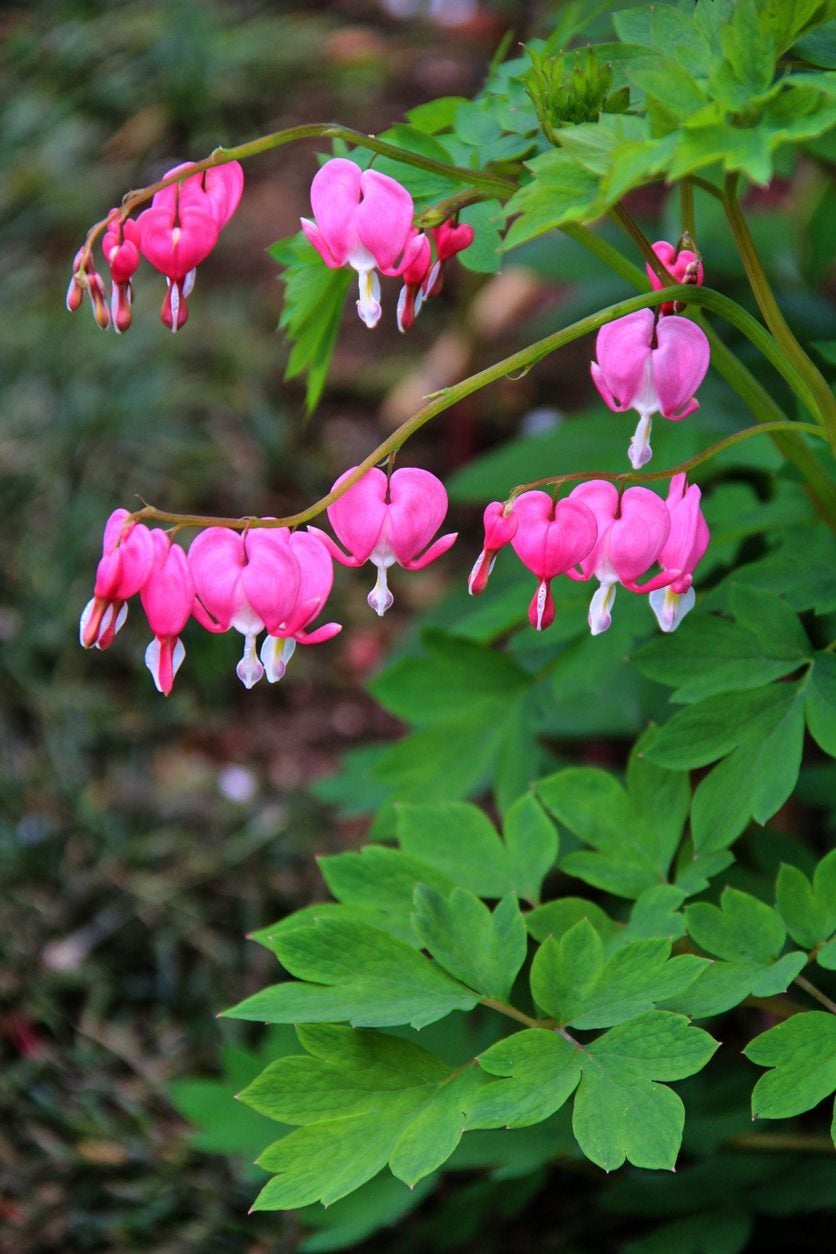Bleeding Heart Pest Problems – Common Bugs That Eat Bleeding Heart Plants


Bleeding-heart (Dicentra spectabilis) is an old-fashioned perennial that adds color and charm to shady spots in your garden. While the plant is surprisingly easy to grow, it can fall prey to a number of pesky insects. If you think something is bugging your plant, read on to learn about bleeding-heart pest problems and what to do about them.
Problem Insects for Bleeding Heart
Below are the three most common pests found on bleeding-hearts: Aphids are one of the most troublesome bleeding-heart pests. Also known as plant lice, aphids are tiny green or black bugs that damage the plant by sucking out the sweet sap. They are usually found en masse on stems or the undersides of leaves. A few aphids don’t cause much trouble, but a heavy infestation can weaken and kill a plant. Scale looks like waxy, tan or pale brown bumps on plant stems and leaves, but the pests are actually safely protected under the scale-like covering. Like aphids, scale harms plants by sucking the sweet juices. Slugs and snails, which are most active during the nighttime hours, chew ragged holes through leaves, leaving behind a slimy, silvery trail.
Controlling Pests on Bleeding Heart
Aphids and scale are usually easy to control with insecticidal soap spray, either homemade or commercial. Never spray on hot days or when the sun is directly on the foliage. These small sucking pests can also be controlled with horticultural oil or neem oil, which effectively smothers the pests. Either way, wait until later in the day to spray pests if you notice bees or other beneficial insects are present on the plant. Avoid chemical insecticides, which kill beneficial insects that help keep bleeding heart pests in check. Toxic chemicals are often counterproductive, helping harmful pests get the upper hand. It’s not a fun job, but one way to get rid of slugs and snails is to grab a flashlight and go on a hunting expedition in the evening or early morning. Wear gloves and drop the pests into a bucket of soapy water. You can also treat slugs with slug bait. Non-toxic and poisonous types are available in garden stores. Some gardeners have good luck with homemade traps such as a little beer in a jar lid. Others use diatomaceous earth, a natural substance that kills the pests by scraping the slimy underbelly. Keep the area around the plant free of leaves and other debris where slugs love to hide. Limit mulch to 3 inches (8 cm.) or less.
Sign up for the Gardening Know How newsletter today and receive a free copy of our e-book "How to Grow Delicious Tomatoes".

A Credentialed Garden Writer, Mary H. Dyer was with Gardening Know How in the very beginning, publishing articles as early as 2007.